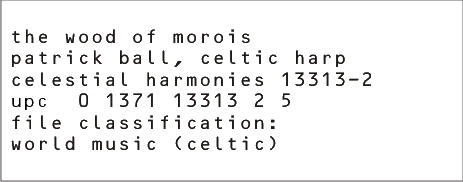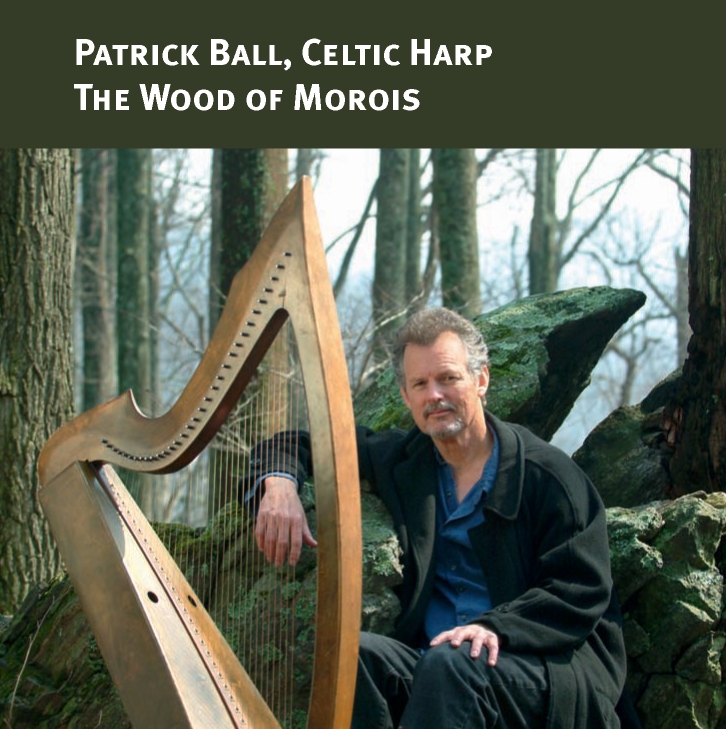


the project
The Wood of Morois occupies a special place in the landscape of Celtic mythology. It is where two legendary lovers, Tristan and Iseult, took refuge to escape the vengeance of King Mark of Cornwall. A wild, primeval place but, for them, a place of sanctuary.
"The two lovers wandered all winter in the depths of
that wild wood, restless and in haste like beasts that are hunted.
Their faces sank and grew white, their clothes ragged, for the
briars tore them. But in the strength of their love, neither
one or the other felt these
mortal things." *
Most of the tunes on this CD are drawn from my stage show, The Flame of Love: The Romance of Tristan and Iseult. They were chosen to evoke the many emotions and colors of this marvelous medieval legend. They spring from Celtic lands which Tristan and Iseult knew well, particularly Brittany, where their story ends.
The Celtic harp on this recording was made by Jay Witcher of Houlton, Maine. With its 32 strings of solid brass and its body of soft maple, it is a superb recreation of the magnificent harps that were played in Ireland at least a thousand years ago.
Tristan himself was a renowned harper. So, if you had lived in his time and place and felt the need to escape from this world, this is what you might have heard if you took refuge in The Wood of Morois.
I hope you enjoy it!
Patrick Ball
* from The Romance of Tristan & Iseult as retold
by Joseph Bédier,
the artist
Patrick Ball is a Celtic harper and storyteller. He has recorded many other albums, both music and spoken word.
tracklist
| 1 | An Dro Nevez (traditional Breton) |
4'18" |
| 2 | So treiben wir den Winter aus
(16th-century German) |
3'22" |
| 3 | Passing Thus Alone (traditional/anonymous) |
4'14" |
| 4 | Heman Dubh (traditional Breton) |
4'08" |
| 5 | The Chanter’s Tune (traditional
Irish) |
2'43" |
| 6 | Song of the Nuns of Chester (15th-century
English carol) |
2'02" |
| 7 | Blow, Northerne Wynd (early
14th-century English) |
2'42" |
| 8 | Lamento di Tristan (late 14th-century
Italian dance ) |
5'16" |
| 9 | Son ar Chistr (traditional Breton) |
3'09" |
| 10 | In vernali tempore (from Piae Cantiones,
a collection of sacred songs from 16th-century Finland,
encompassing much older material) |
3'19" |
| 11 | Against the Wind (traditional Irish) |
3'28" |
| 12 | McDonough’s (Turlough O’Carolan
[1670-1738] ) |
2'47" |
| 13 | Da Day Dawn (traditional Shetland carol) |
3'07" |
| Total Time: | 45'00" |
